Coming into leaf
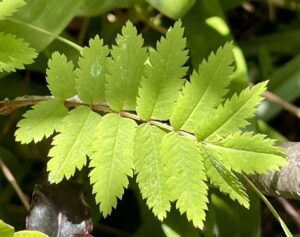
The grey—brown skeletal branches of trees are being cloaked in fresh green leaves as they unfurl from the buds that protected them through the winter months. Their bright green colour is due to large amounts of chlorophyll. The chlorophylls are pigments that can absorb many of the wavelengths of visible light, but not green. Green wavelengths are reflected back into the environment, which is why our eyes perceive both young and mature leaves as green.
Each leaf is made up of a variety of cells and tissues. The top and bottom of the leaf are covered with a layer of cells termed the epidermis. It consists of many interlocking cells (rather like jigsaw pieces), sometimes called pavement cells. Their function is to protect the underlying cells and also produce the waxy, waterproofing layer — the cuticle. The lower epidermis is ‘pierced’ by the stomates. These are the ‘breathing pores’ of the leaf, allowing the exchange of gases and water vapour.
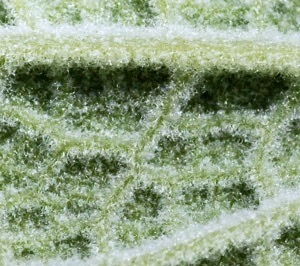 The epidermis may also bear trichomes. These are small ‘hair—like’ projections. If there are many of them they can give the leaf a white or silvery appearance, helping to trap moist air near to the leaf surface to reduce water loss. They may also help to reflect sunlight, so that the leaf does not get too hot and on cold days can serve to protect the leaf from frost damage. Some trichomes have a protective function in that they may physically restrict the feeding of insects and other herbivores, and some contain a cocktail of toxic chemicals [e.g. nettles].
The epidermis may also bear trichomes. These are small ‘hair—like’ projections. If there are many of them they can give the leaf a white or silvery appearance, helping to trap moist air near to the leaf surface to reduce water loss. They may also help to reflect sunlight, so that the leaf does not get too hot and on cold days can serve to protect the leaf from frost damage. Some trichomes have a protective function in that they may physically restrict the feeding of insects and other herbivores, and some contain a cocktail of toxic chemicals [e.g. nettles].
Under the upper epidermis and within the leaf, there is one or more layers of cells packed with chloroplasts - the palisade layer. This is the principal site of photosynthesis within the leaf, where carbon dioxide is fixed into sugars and other vital nutrients. The ‘by-product’ of photosynthesis is oxygen, which is not only essential for plant respiration but needed by the vast majority of animals on this planet. It diffuses out of the leaf through the intercellular spaces of the next layer of the leaf - the mesophyll layer. 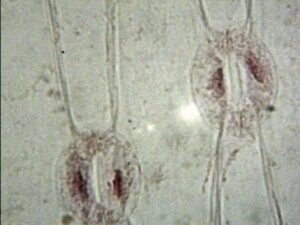 The stomates allow gases in and out, but can close through the movement of their guard cells. Stomates tend to close up at night or when the leaf experiences water stress. Running throughout the body of the leaf is the xylem and phloem tissues, which conduct water, minerals and sugars etc around the plant.
The stomates allow gases in and out, but can close through the movement of their guard cells. Stomates tend to close up at night or when the leaf experiences water stress. Running throughout the body of the leaf is the xylem and phloem tissues, which conduct water, minerals and sugars etc around the plant.
The sheer abundance of chlorophyll in many leaves masks the presence of other pigments, which only become visible when the leaf begins to senesce and the chlorophylls break down. The leaf turns a yellow / orange colour due to the presence of carotenoid pigments. Autumnal leaves can display a variety of colours due to other pigments such as the anthocyanins and xanthophylls.
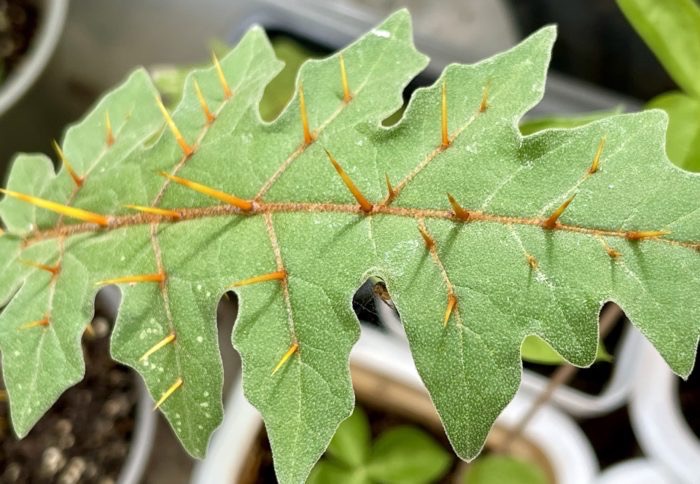 Some leaves take protection very seriously
Some leaves take protection very seriously
Curious fact : the leaf with the largest surface area is that of the Amazonian water lily, which can be 10 feet in diameter.
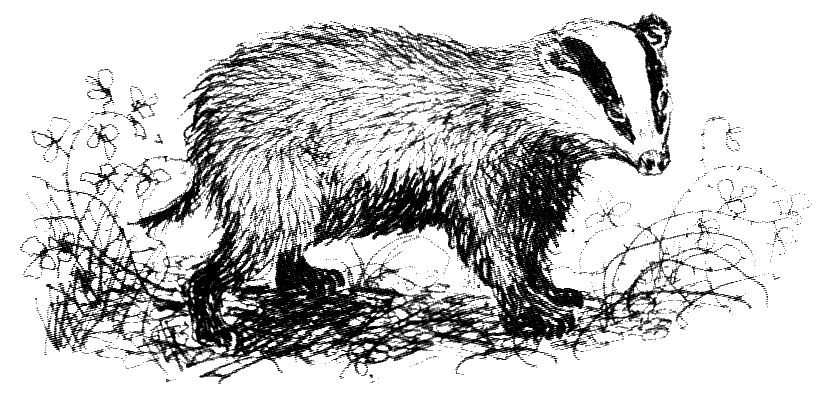
Leave a comment